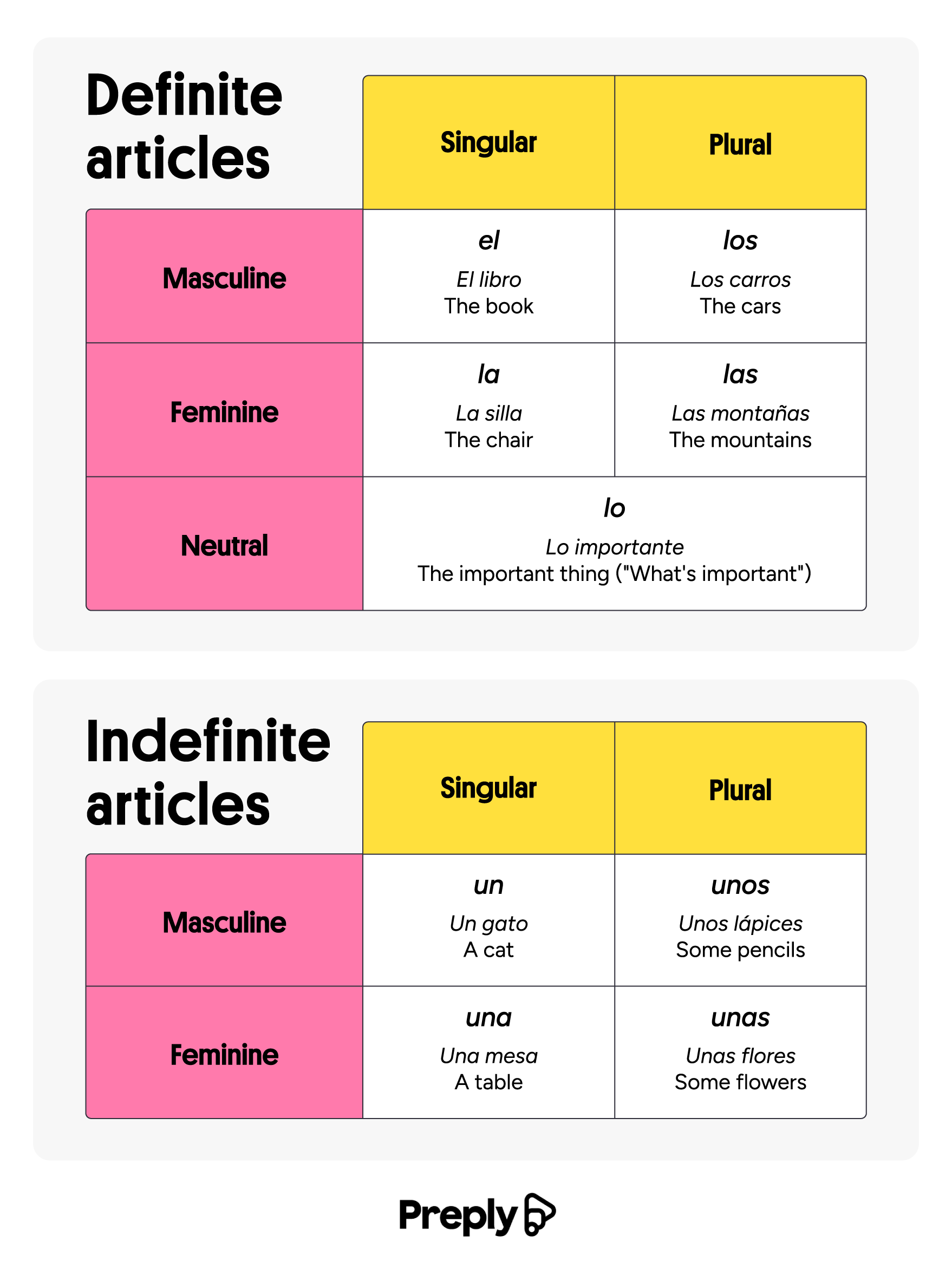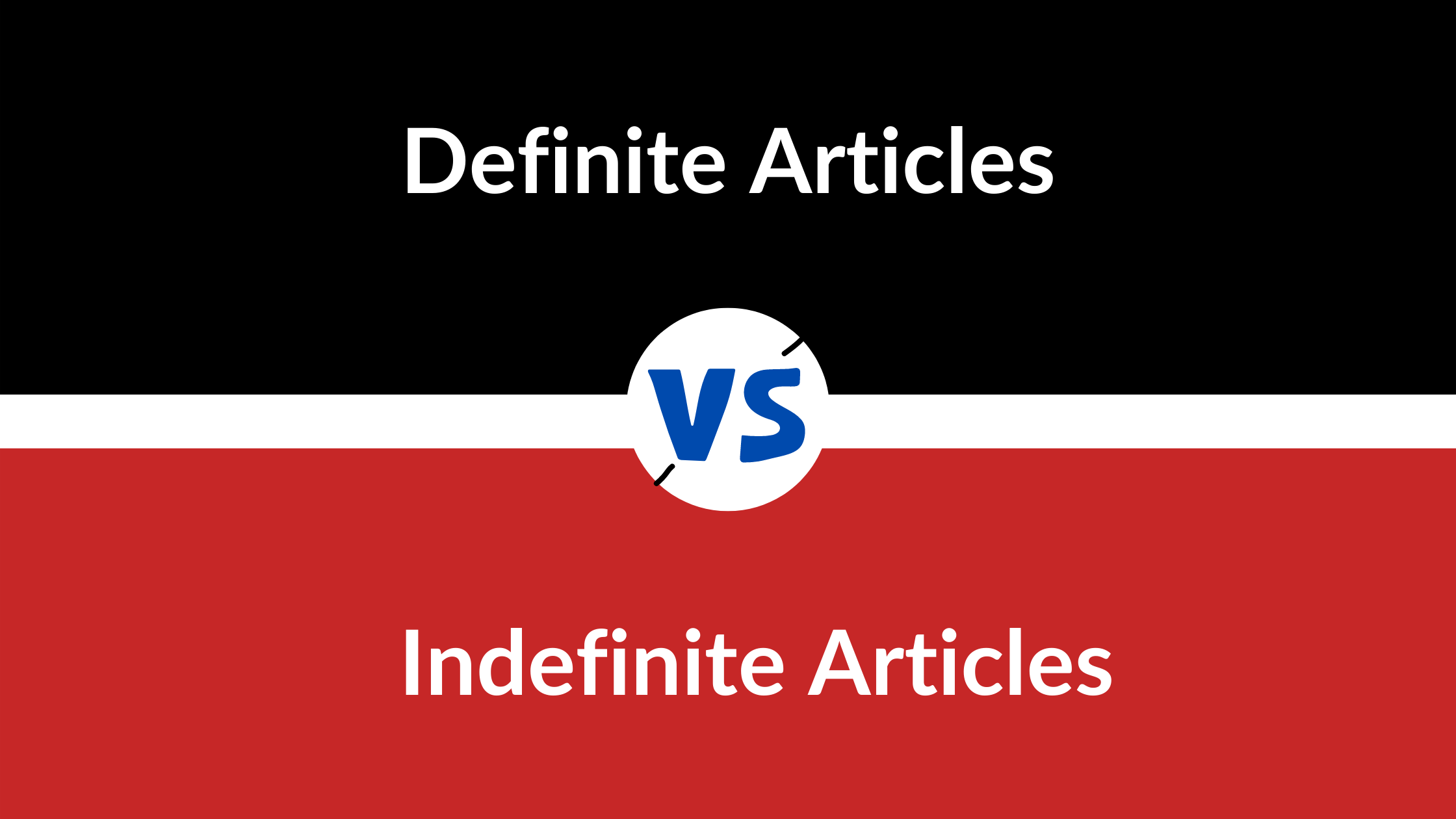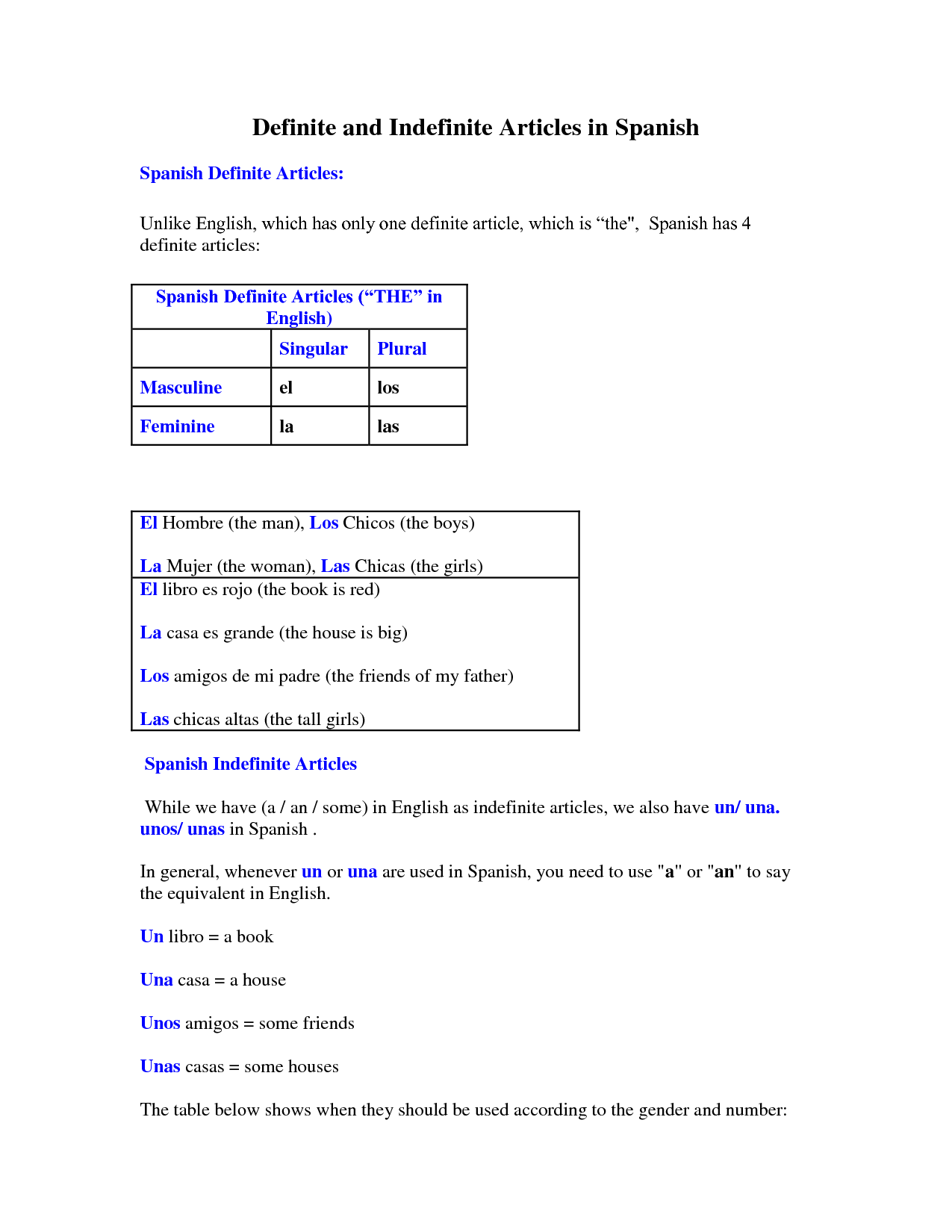Are you struggling to master Spanish because of the confusing use of definite articles? Don’t worry; you’re not alone. This comprehensive guide will delve into “Los Manos: Understanding The Spanish Language’s Use Of Definite Articles” to help you overcome this challenge.
Mastering definite articles in Spanish can be a challenge that hinders your ability to express yourself effectively. But fear not!
Los Manos: Understanding The Spanish Language’s Use Of Definite Articles
Definite articles are words like “the” in English. They are used to specify a particular noun or group of nouns. In Spanish, there are two definite articles: “el” and “la”. “El” is used before masculine nouns, and “la” is used before feminine nouns. For example, “el libro” means “the book” (masculine), and “la casa” means “the house” (feminine).

17 – DEFINITE ARTICLE “THE” vs. THE INDEFINITE ARTICLE “A” or “AN” – Source t1metoshinebaby.blogspot.com
Personal Experience and Explanation of Definite Articles
When I first started learning Spanish, I was confused about definite articles. I kept forgetting which one to use, and I often made mistakes. But after a while, I started to understand the rules. Now, I use definite articles correctly almost all the time.

Definite and Indefinite Articles | Translation – SpanishtoGo – Source spanishtogo.app
History and Myth of Definite Articles
Definite articles have been used in Spanish for centuries. They are believed to have originated from the Latin words “ille” and “illa”, which also meant “the”. Over time, these words evolved into “el” and “la”.

How to Use Definite & Indefinite Articles in Spanish – Source preply.com
Hidden Secrets of Definite Articles
One of the most important things to remember about definite articles is that they must agree with the noun they are used with. This means that if the noun is masculine, you must use “el”, and if the noun is feminine, you must use “la”. For example, you would say “el libro” (the book) but “la casa” (the house).

Definite vs Indefinite Articles: What Is the Difference? – SkyGrammar – Source www.skygrammar.com
Recommendation of Definite Articles
If you are struggling with definite articles, I recommend that you practice using them as much as possible. You can do this by reading Spanish texts, listening to Spanish audio, and speaking Spanish with a native speaker.

12 Best Images of Definite And Indefinite Articles Worksheets – Source www.worksheeto.com
Los Manos: Understanding the Different Types of Definite Articles
There are two types of definite articles in Spanish: simple and contracted. Simple definite articles are used before nouns that begin with a consonant sound. Contracted definite articles are used before nouns that begin with a vowel sound.
Definite And Indefinite Articles – Source fity.club
Tips for Using Definite Articles
Here are a few tips for using definite articles correctly in Spanish:

Pin on Language – Source www.pinterest.com
Los Manos: Understanding How to Use Definite Articles
To use definite articles correctly in Spanish, you need to know the gender of the noun you are using. Spanish nouns are either masculine or feminine. Masculine nouns are typically identified by the articles “el” or “un,” while feminine nouns are typically identified by the articles “la” or “una.”

Italian Definite Articles Worksheets – Articoli determinativi – Free – Source www.happymaplelanguageco.com
Fun Facts about Definite Articles
Here are a few fun facts about definite articles in Spanish:
How to Master Definite Articles
Mastering definite articles in Spanish takes time and practice. Here are a few tips to help you get started:
What If You Make a Mistake with Definite Articles?
Don’t worry if you make a mistake with definite articles. Everyone makes mistakes when they are learning a new language. Just keep practicing, and you will eventually get the hang of it.
Listicle of Definite Articles
Here is a listicle of definite articles in Spanish:
Questions and Answers about Definite Articles
Here are some common questions and answers about definite articles in Spanish:
Conclusion of Los Manos: Understanding The Spanish Language’s Use Of Definite Articles
Definite articles are an essential part of Spanish grammar. They are used to specify a particular noun or group of nouns. By understanding the rules for using definite articles, you can improve your Spanish communication skills and avoid common mistakes.
